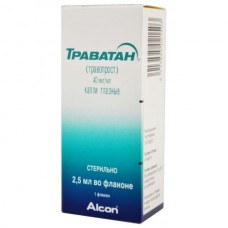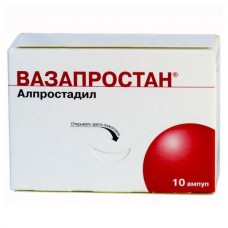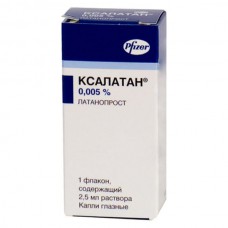Prostaglandins, thromboxanes, leukotrienes
Prostaglandins — biologically active substances produced in cells from arachidonic and some other unsaturated fatty acids (thomayerova) contained in the phospholipids of membranes. Depending on the pathways of enzymatic biotransformation arachidonic acid can be formed not only GHG (including prostacyclin and thromboxane of the corresponding synthase), and leukotrienes (products of oxidation of 5-lipooksigenaznomu mechanism).
The peculiarities of the chemical structure of PG is divided into groups, with Latin indices A, b, E, F, etc., and subgroup, denoted by Arabic numerals (PGE1, PGE2, etc.), according to the number of double bonds in the molecule.
Prostaglandins and their synthetic analogues have multifaceted physiological (pharmacological) activity. They are considered hormone-like substances ("local" hormones) that regulate cellular metabolism.
Characteristic is the influence of a number of GHGs on the contractile activity of smooth muscles, secretion, blood circulation (including microcirculation), as well as other body functions. The groups of prostaglandins F2 alpha and E2 have a strong stimulating effect on the myometrium and have found application in medical practice as uterotoniziruyuschih means the weakness of labor activity (see UTEROTONICS). Prostacyclin (PGE2) is the strongest endogenous inhibitor of aggregation and adhesion of platelets, has a vasodilative and hypotensive activity. In contrast, the thromboxane promotes aggregation and narrows the blood vessels.
Leukotrienes play an important role in the development of inflammation and bronchoconstriction; their antagonists have been widely used for the relief of attacks of bronchial asthma, allergic and inflammatory syndromes.




